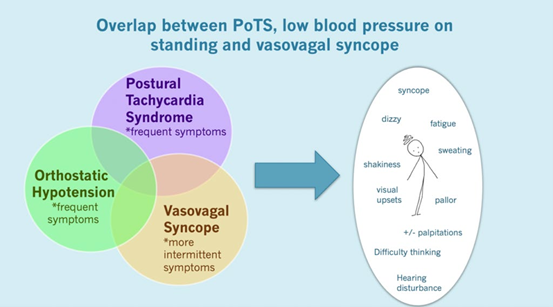A client admited with heart failure requires careful monitoring of his fluid status. Which method will provide the nurse with the best indication of the client’s fluid status?
daily electrolyte monitoring
daily weights
output measurements
daily BUN and serum creatinine monitoring
The Correct Answer is B
Fluid retention is a common complication in heart failure, and monitoring the client's fluid status is crucial to manage the condition effectively. Daily weights are an essential component of monitoring fluid status and are the most sensitive and practical method to detect changes in the client's fluid status. Weight gain is a reliable indicator of fluid retention, and even small increases in weight can indicate the need for changes in the client's treatment plan.
Although electrolyte monitoring (option a), output measurements (option c), and daily BUN and serum creatinine monitoring (option d) can provide valuable information about the client's fluid status, they are not as sensitive or practical as daily weights. Electrolyte monitoring can help detect changes in fluid balance, but it does not provide a direct indication of fluid status. Output measurements can indicate fluid loss, but they do not provide an accurate assessment of fluid retention. BUN and serum creatinine monitoring can detect changes in renal function, but they are not specific to fluid status.
Nursing Test Bank
Naxlex Comprehensive Predictor Exams
Related Questions
Correct Answer is C
Explanation
Dehydration can cause a decrease in blood volume, leading to a drop in blood pressure (hypotension) and an increase in heart rate (tachycardia) as the body tries to compensate. Tenting skin and dry mucous membranes are also signs of dehydration, but wet mucous membranes are not. Crackles in the lungs, edema, and confusion can occur with fluid overload, but not with dehydration.

Correct Answer is A
Explanation
Difficulty breathing is a sign of a potential transfusion reaction. When a client reports difficulty breathing during a blood transfusion, the nurse should stop the transfusion immediately to prevent the reaction from worsening. Once the transfusion is stopped, the nurse can then assess the client's vital signs and notify the healthcare provider of the client's response. Documentation of the findings should also be completed after the client's condition has stabilized. However, stopping the transfusion takes priority over documenting the findings.

Whether you are a student looking to ace your exams or a practicing nurse seeking to enhance your expertise , our nursing education contents will empower you with the confidence and competence to make a difference in the lives of patients and become a respected leader in the healthcare field.
Visit Naxlex, invest in your future and unlock endless possibilities with our unparalleled nursing education contents today
Report Wrong Answer on the Current Question
Do you disagree with the answer? If yes, what is your expected answer? Explain.
Kindly be descriptive with the issue you are facing.
